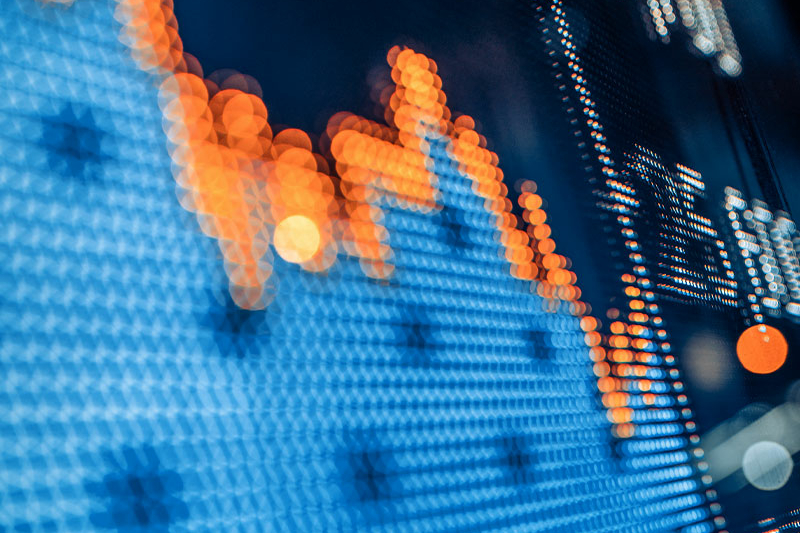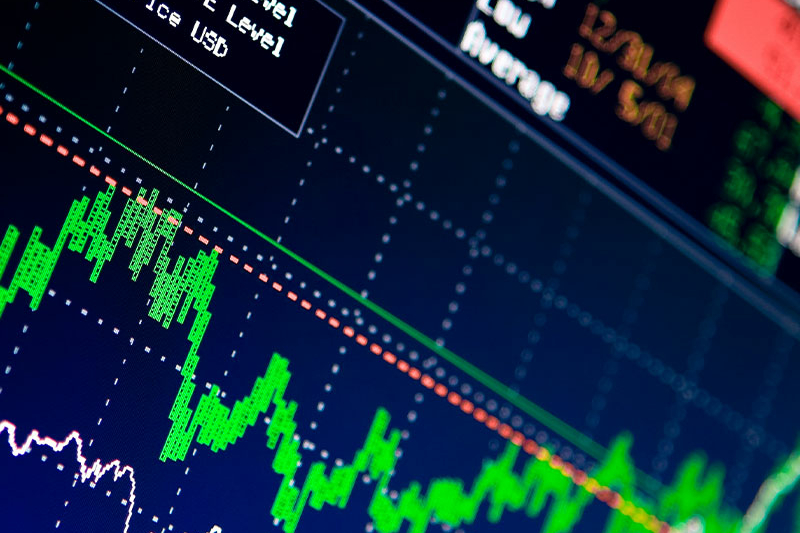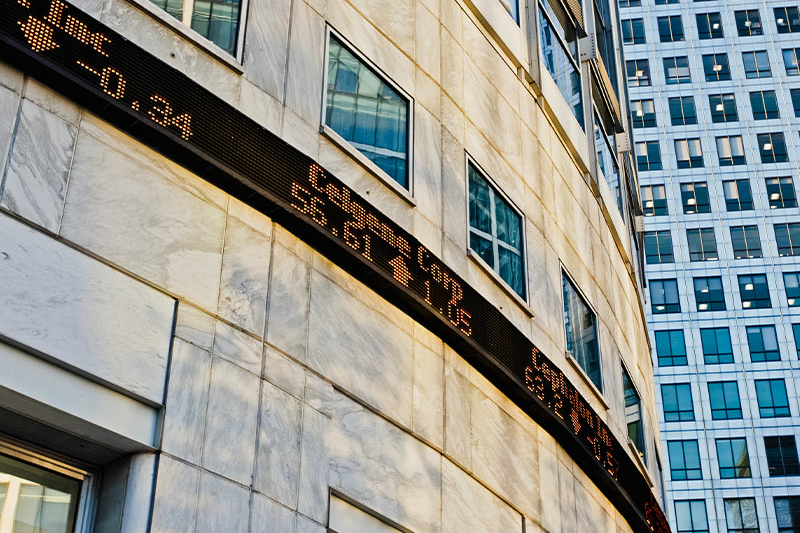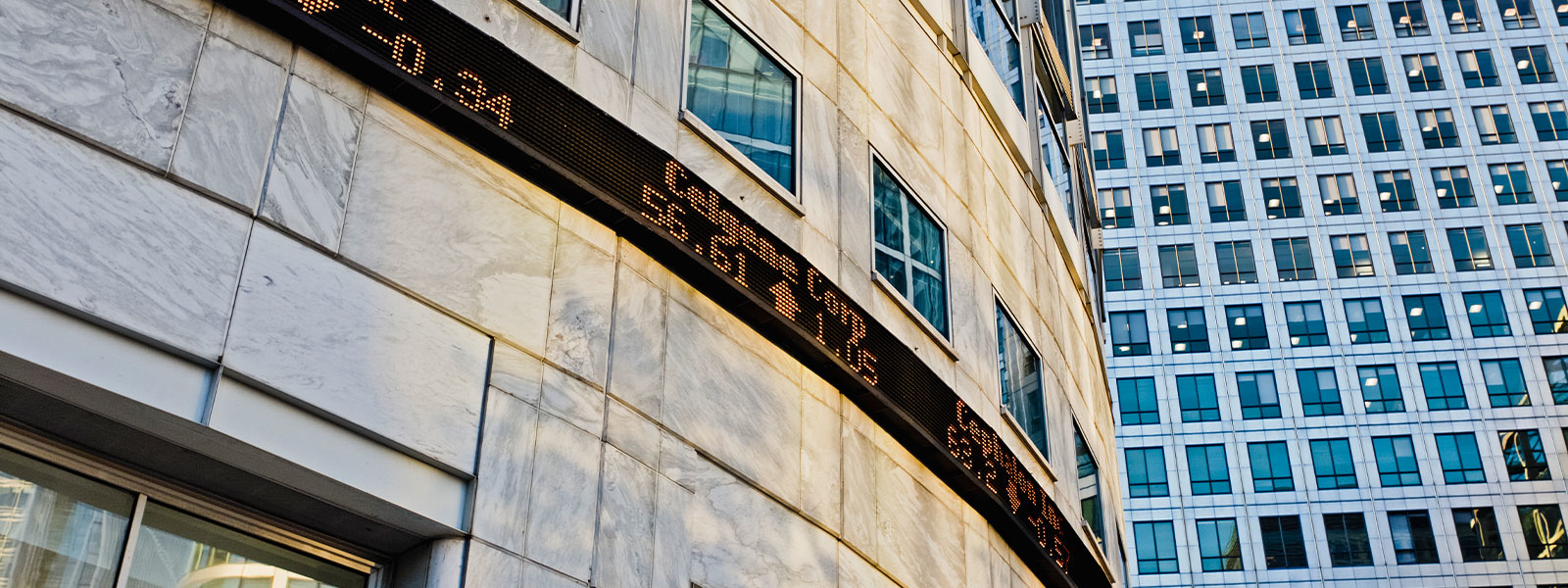Global IPOs reached new highs
Fueled by strong stock markets and the need for yield, investors poured money into IPOs in 2021, resulting in a record-breaking year.

The global IPO market broke new records in 2021 on the back of robust stock market performances
The initial public offerings (IPO) market began 2021 with some questions as the world entered the second year of the COVID-19 pandemic. Would the recovery from the crisis seen during the second half of 2020 persist? Or would new developments related to the pandemic put the market back on ice, just as IPO activity had frozen during the first half of 2020?
As it turns out, the answers could not be clearer. Global IPO activity broke new records in 2021, with every region of the world recording significant increases in the number of businesses coming to market. The proceeds of these IPOs totaled more than US$600 billion—a new high.
With interest rates at rock bottom, investors poured money into capital markets—creating a supportive environment for IPOs. In addition, some of the impacts of the pandemic proved helpful to the IPO market. The way we live our lives is continuing to change rapidly, accelerating trends in how we work, shop and play, and the environmental imperative is more front of mind than ever. In industries such as financial services, life sciences and, particularly, technology, this is creating huge opportunities for innovative new businesses.
These trends—the energy transition and growing digitalization across all industries—will continue to motivate corporate activity, including IPOs. The market dynamics, however, may not be as supportive for new issuance this year as they were in 2021. As worries about inflation began to dominate headlines, and there were signs that central banks were planning to raise rates, equity markets began to cool at the end of 2021. Russia’s invasion of Ukraine and the continuing conflict there have increased volatility considerably—never good for IPOs. It is still unclear, however, how long the disruptions will last. Already the global economy was struggling with pandemic-related supply chain issues—these could be exacerbated by the impact of the situation in Ukraine, including sanctions on Russia.
The levels of IPO activity in 2021 would always have been a tough act to follow, but despite the significant headwinds equity capital markets face, the broad secular trends are in place to support further IPOs. It’s just a question of when.
Fueled by strong stock markets and the need for yield, investors poured money into IPOs in 2021, resulting in a record-breaking year.

After a flurry of new listings in the first quarter of 2021, SPAC IPOs slowed down considerably, but the asset class remains a viable path for companies to go public.

While IPO activity was robust throughout Europe, the Nordic region stood out.

IPOs of Latin America-based companies enjoyed a robust year in 2021, especially when it came to listings in Brazil in sectors like fintech.

The dust is settling after the flurry of activity in 2021, and the IPO market is facing considerable headwinds.


IPOs of Latin America-based companies enjoyed a robust year in 2021, especially when it came to listings in Brazil in sectors like fintech
In line with global trends, Latin American issuers recorded surging IPO volumes in 2021. Over the year as a whole, globally, there were 57 new issues involving Latin American companies, worth US$18.7 billion; that was a 73 percent increase in volume compared to 2020, and a 75 percent increase by value.
US$ 18.7 billion
The total value of new listings in the Latin American and Caribbean IPO market in 2021
One noticeable feature of the IPO market for Latin American companies last year was that it raised more money in the second half than the first (albeit from slightly fewer IPOs)—by contrast, most regions saw a noticeable slowdown in IPO activity during the second half of 2021, particularly in the third quarter.
In part, Latin America's second-half pick-up reflects the impact of December's dual listing of Nu Holdings in the US and Brazil, the biggest IPO of a Latin American company in 2021, which raised US$2.6 billion. The technology-driven financial services company offers a digital banking platform in Brazil, Colombia and Mexico, and has strong brand recognition throughout the Latin American region.
The second-biggest IPO of a Latin American company in 2021 also took place in the second half of the year, with Brazilian energy business Raizen raising US$1.3 billion, which came on the heels of its acquisition of Biosev, a Brazilian sugar and ethanol business. In a region where the economy is heavily dependent on the oil and gas sector, Raizen, a joint venture between oil major Shell and Brazilian energy and logistics company Cosan, is a specialist in biofuels, recording high growth rates as the world looks to embrace renewable energy sources. The transition to clean energy is likely to be an ongoing IPO theme in the region in the years ahead.
Mexico's Fibra EXI took third place in last year's Latin American IPO rankings with a US$1.1 billion listing. The company is focused on transportation infrastructure—in the roads sector in particular—and is in a strong position to benefit as Mexico invests heavily in infrastructure as part of a plan to support its economy in the post-pandemic environment.
One market continues to dominate the Latin American IPO market. Of the 57 IPOs completed in 2021, Brazil accounted for all but four (Mexico saw three deals and Uruguay just one). In value terms, Brazilian IPOs raised US$16.6 billion of the US$18.7 billion regional IPO total.
Brazil benefited from several different drivers last year. Loose monetary policy and strong stock market performance helped on the demand and supply sides. And the range of companies on offer was an additional boon, with a variety of smaller businesses raising money alongside a handful of much larger IPOs.
However, it should be recognized that the supportive backdrop in Brazil did not last all year long. By the end of the year, interest rates had risen, there was increasing concern about stagnation in the country's economy, and the stock market appeared to have gone into reverse. That deteriorating picture appeared to foreshadow a slowdown in IPOs toward the end of the year, with reports of many companies pulling back from their public listing plans. There is also anxiety about political volatility in Brazil, with a presidential election scheduled for October 2022.
After the flurry of activity in 2021, it is unlikely that 2022 will be able to keep pace. The region is facing some economic headwinds, which may pose additional challenges to new listings activity in the region.
After the flurry of activity in 2021, it is unlikely that 2022 will be able to keep pace. Globally, IPO activity already showed signs of a slowdown toward the end of 2021 and in the first few months of 2022. The region is facing some economic headwinds, which may pose additional challenges to new listings activity in the region. In Mexico, for instance, the only other country that saw IPO activity of any note last year, the latest data suggests the economy has slipped back into recession, though interest in new issues in the country persists.
Also, the region's economies will likely be impacted by geopolitical and macroeconomic issues in other parts of the world. The events in Ukraine are having, and will likely continue to have, far-reaching implications for capital markets globally, including in Latin America. Slowing growth in China could also impact Latin America—many countries in the region have strong trading and other ties to China's economy and slowing consumer demand will negatively affect growth in the region. China is expected to see GDP growth slow from 8 percent in 2021 to 4.8 percent in 2022, according to the IMF.
This is not to suggest that the IPO market for Latin America-based companies will close up shop in 2022. The strong performance of several sectors last year is unlikely to grind to a halt. In particular, 16 companies in the technology and software sector in the region completed IPOs last year, raising US$4.4 billion in the aggregate (as compared to six IPOs in the sector in 2020, which picked up just US$125 million).
Finance companies also had a strong year, with 10 IPOs worth US$4.4 billion compared to just a single transaction in 2020, and the relatively low penetration of banking services in the region means there is growth potential in this area. The convergence between finance and technology—fintech—will likely continue to generate a healthy pipeline of companies coming to market.
Although regulations in the region have not been welcoming to SPACs, this has not stopped SPAC investors interested in Latin America. US-based SPAC Alpha Capital, for instance, announced in November that it would combine with Brazilian software firm Semantix in a US$645 million deal. Other investment vehicles have listed on US exchanges with the stated purpose of investing in Latin America-based companies, including Valor Latitude, which raised US$230 million in May, and XPAC Acquisition Corp., which raised US$219.6 million in July.
Moreover, private equity firms continue to invest heavily in Latin American firms and have a track record of encouraging investee companies to pursue new issues. This may provide further stimulus for the IPO market in the months to come.
Nevertheless, the outlook for Latin American IPO activity does now appear more uncertain than in other regions of the world. Clearly, much will depend on the outcome in Brazil, where the government hopes downcast international estimates of its growth over the year ahead—the International Monetary Fund is projecting GDP expansion of just 1.5 percent—will prove overly pessimistic.
Foreign investors at least seem to be optimistic, making significant investments in Brazilian stocks at the beginning of the year, which helped equity prices to recover at the start of February 2022 to their highest levels since October. The country's double-digit interest rates offer a rare opportunity to find yield for global investors—and most seem relaxed about the strong poll leads enjoyed by presidential contender Luiz Inácio Lula da Silva, who is bidding for a return to office. In this context, IPO activity of Brazilian companies may hold up better than expected in the months ahead.
White & Case means the international legal practice comprising White & Case LLP, a New York State registered limited liability partnership, White & Case LLP, a limited liability partnership incorporated under English law and all other affiliated partnerships, companies and entities.
This article is prepared for the general information of interested persons. It is not, and does not attempt to be, comprehensive in nature. Due to the general nature of its content, it should not be regarded as legal advice.
© 2022 White & Case LLP